
Millet Bird Sanctuary: A Paradise for Bird Lovers in Saint Lucia
Explore the Millet Bird Sanctuary in Saint Lucia, a vibrant haven for bird lovers and nature enthusiasts, offering a unique glimpse into the island's rich biodiversity.
Nestled in the lush hills of Saint Lucia, the Millet Bird Sanctuary is a haven for bird enthusiasts and nature lovers alike. This sanctuary is home to a diverse array of bird species, some of which are endemic to the island. As you walk through the well-maintained trails, you'll be serenaded by the melodious songs of colorful birds flitting through the foliage. The sanctuary offers a unique opportunity to observe these magnificent creatures in their natural habitat, making it a must-visit for anyone interested in wildlife. The Millet Bird Sanctuary is not just about birds; it's also a fantastic place to experience the island's rich biodiversity. The sanctuary is teeming with tropical plants, flowers, and trees, providing a vibrant backdrop for your bird-watching adventure. The knowledgeable guides are passionate about the sanctuary and its inhabitants, offering insightful information about the various species and their behaviors. Whether you're an avid bird watcher with a pair of binoculars or a curious traveler looking to explore nature, the Millet Bird Sanctuary has something to offer. One of the highlights of visiting the Millet Bird Sanctuary is the chance to see the Saint Lucia Parrot, the island's national bird. With its striking green and blue feathers, this parrot is a sight to behold. The sanctuary plays a crucial role in the conservation of this endangered species, and your visit helps support these efforts. As you explore the sanctuary, you'll also encounter other fascinating birds like the Saint Lucia Oriole, the Grey Trembler, and the Bare-eyed Thrush. Each visit to the Millet Bird Sanctuary is a reminder of the beauty and importance of preserving our natural world.
Local tips in Millet Bird Sanctuary
- Best time to visit is early morning when birds are most active.
- Wear comfortable walking shoes and bring a hat to protect against the sun.
- Don't forget your binoculars and camera for bird spotting and photography.
- Guided tours are highly recommended for a more informative experience.
- Check local weather forecasts and bring rain gear if visiting during the wet season.
Millet Bird Sanctuary: A Paradise for Bird Lovers in Saint Lucia
Nestled in the lush hills of Saint Lucia, the Millet Bird Sanctuary is a haven for bird enthusiasts and nature lovers alike. This sanctuary is home to a diverse array of bird species, some of which are endemic to the island. As you walk through the well-maintained trails, you'll be serenaded by the melodious songs of colorful birds flitting through the foliage. The sanctuary offers a unique opportunity to observe these magnificent creatures in their natural habitat, making it a must-visit for anyone interested in wildlife. The Millet Bird Sanctuary is not just about birds; it's also a fantastic place to experience the island's rich biodiversity. The sanctuary is teeming with tropical plants, flowers, and trees, providing a vibrant backdrop for your bird-watching adventure. The knowledgeable guides are passionate about the sanctuary and its inhabitants, offering insightful information about the various species and their behaviors. Whether you're an avid bird watcher with a pair of binoculars or a curious traveler looking to explore nature, the Millet Bird Sanctuary has something to offer. One of the highlights of visiting the Millet Bird Sanctuary is the chance to see the Saint Lucia Parrot, the island's national bird. With its striking green and blue feathers, this parrot is a sight to behold. The sanctuary plays a crucial role in the conservation of this endangered species, and your visit helps support these efforts. As you explore the sanctuary, you'll also encounter other fascinating birds like the Saint Lucia Oriole, the Grey Trembler, and the Bare-eyed Thrush. Each visit to the Millet Bird Sanctuary is a reminder of the beauty and importance of preserving our natural world.
When is the best time to go to Millet Bird Sanctuary?
Unmissable attractions to see
Serenity Park
Experience the serene beauty of Serenity Park in Castries, St. Lucia, a lush retreat perfect for relaxation and family outings amidst nature's splendor.
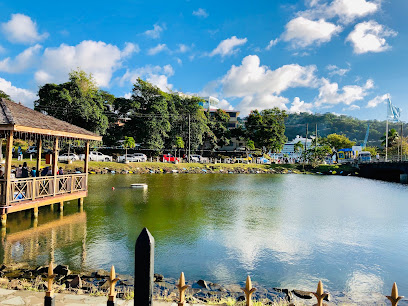
Constitution Park
Explore the lush landscapes and vibrant culture of Constitution Park, a serene oasis in the heart of Castries, St. Lucia.
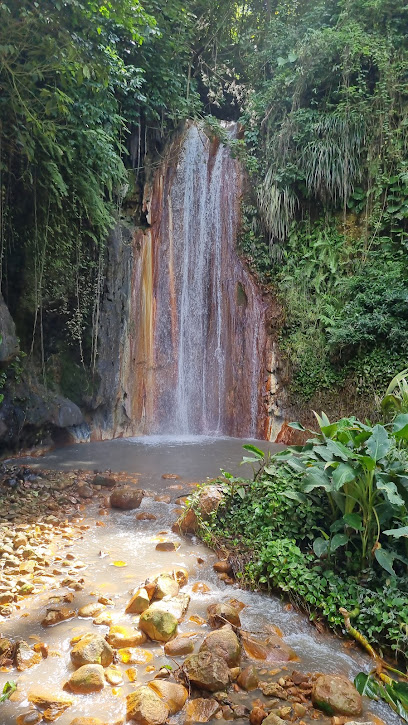
Atvdirect
Discover the thrill of adventure at Atvdirect in St. Lucia, where captivating ATV tours await to unveil the island's breathtaking landscapes.
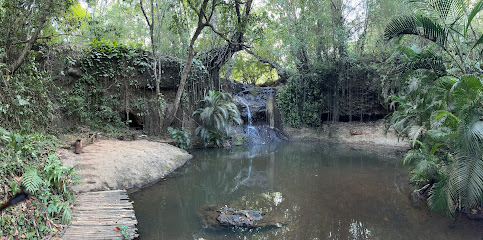
Cruise Pier Castries St. Lucia
Experience the vibrant atmosphere and stunning beauty of Cruise Pier Castries, your gateway to the enchanting island of St. Lucia.
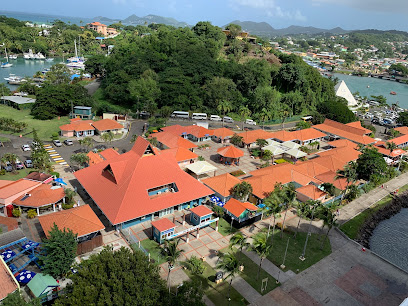
St Lucia Bamboo Rafting
Discover the serene beauty of St Lucia Bamboo Rafting, where adventure meets relaxation in nature's embrace.
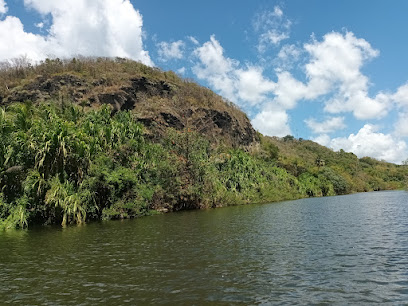
Walcott House
Explore Walcott House in Castries, a cultural museum dedicated to the legacy of poet Derek Walcott, showcasing St. Lucia's rich artistic heritage.
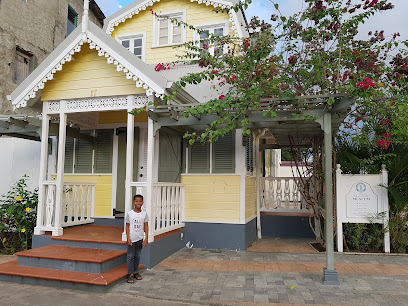
Passion Hill
Experience breathtaking views and serene landscapes at Passion Hill, a must-visit tourist attraction in Belle Vue, St. Lucia.
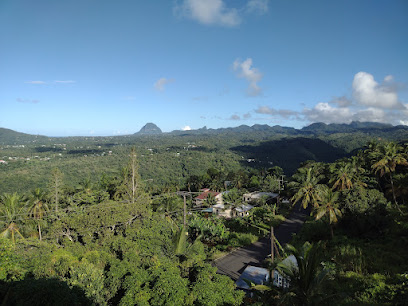
Natural mineral spring
Discover the tranquil beauty of St. Lucia's Natural Mineral Spring, a rejuvenating oasis that offers healing waters amidst stunning natural surroundings.

Essential places to dine
The Coal Pot Restaurant
Experience exquisite seafood dining with stunning Caribbean views at The Coal Pot Restaurant in Castries, St. Lucia.
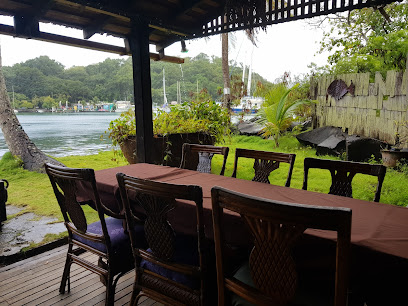
Big Chef Steakhouse
Experience exquisite flavors at Big Chef Steakhouse - Rodney Bay's premier destination for steak lovers and culinary enthusiasts alike.
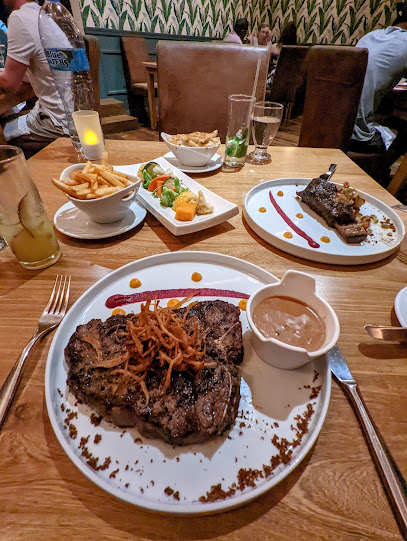
The Beacon Restaurant
Discover authentic Caribbean flavors at The Beacon Restaurant in Palmiste, St. Lucia—where every meal is a celebration of local culinary traditions.
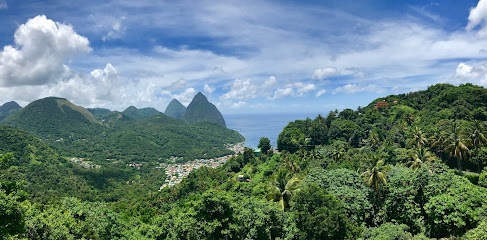
Matthew's Rooftop Restaurant
Experience stunning ocean views while enjoying exquisite cuisine at Matthew's Rooftop Restaurant in Rodney Bay, St. Lucia.
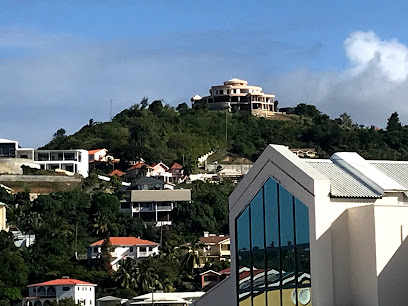
Naked Fisherman Restaurant
Discover culinary excellence at Naked Fisherman Restaurant in St. Lucia - where local flavors meet breathtaking ocean views.

Flavours Of The Grill
Discover authentic Caribbean flavors at Flavours Of The Grill in St. Lucia—where every bite tells a story.
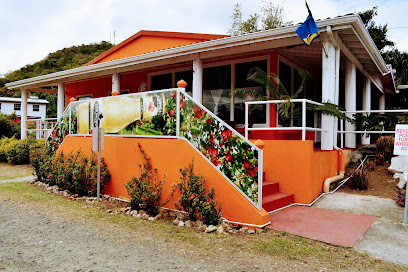
The Reef Beach Cafe
Experience authentic St. Lucian cuisine at The Reef Beach Cafe on Sandy Beach – where every meal is accompanied by stunning ocean views.
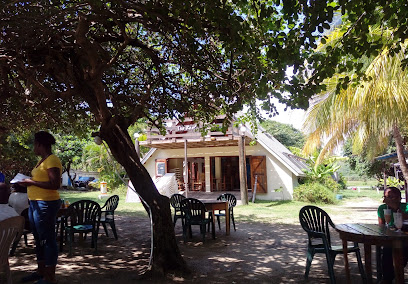
Fedo's
Discover authentic St. Lucian cuisine at Fedo's – where local flavors meet warm hospitality in Palmiste.
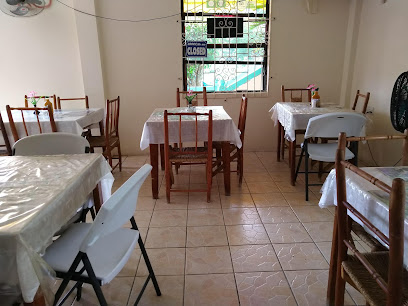
Pink Plantation
Discover exquisite dining at Pink Plantation - where local flavors meet breathtaking views in beautiful St. Lucia.
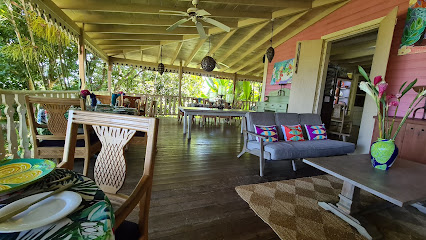
Petit Peak Restaurant
Discover authentic Caribbean flavors at Petit Peak Restaurant in Palmiste, St. Lucia - where every dish tells a story.
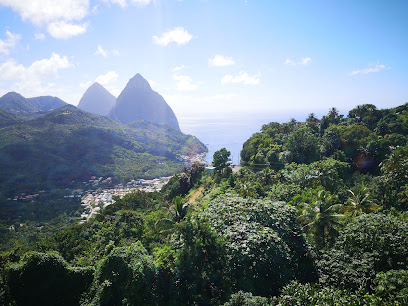
Château Mygo House of Seafood
Experience exquisite seafood dining at Château Mygo House of Seafood in Marigot Bay, where fresh flavors meet stunning Caribbean views.
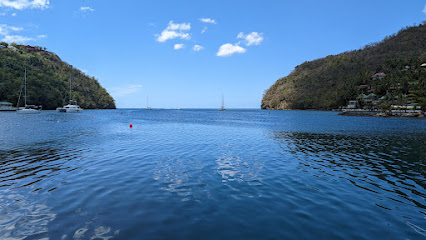
Island Chef
Experience authentic Caribbean cuisine at Island Chef in Palmiste, St. Lucia – where every dish tells a story.
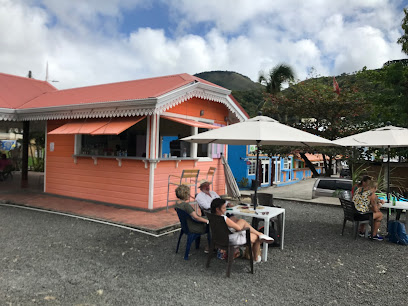
Treetop Restaurant and Bar
Experience exquisite Caribbean cuisine amidst nature's beauty at St. Lucia's enchanting Treetop Restaurant and Bar.
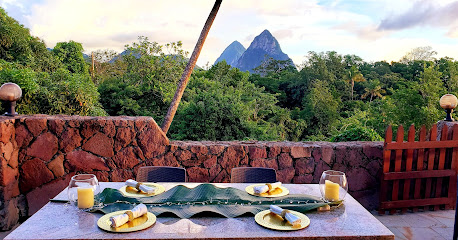
The Blackbird
Experience authentic Caribbean cuisine at The Blackbird in Vieux Fort - a culinary haven that showcases the best flavors of St. Lucia.
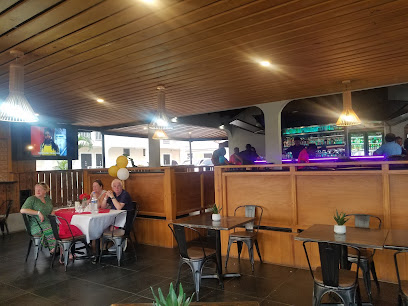
Mama Tilly's Bar
Experience authentic St. Lucian cuisine at Mama Tilly's Bar - where vibrant flavors meet warm hospitality in Laborie Village.
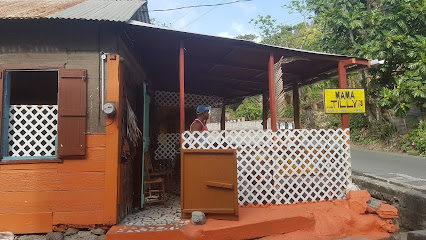
Markets, malls and hidden boutiques
Duty Free Pointe Seraphine Shopping Complex
Discover unbeatable shopping at Duty Free Pointe Seraphine, St. Lucia's premier destination for duty-free treasures and local craftsmanship.
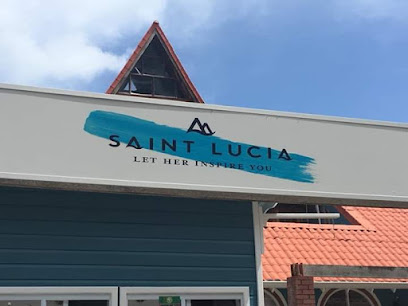
Millet bird sanctuary and nature trail
Explore the Millet Bird Sanctuary in St. Lucia, a paradise for bird watchers and nature lovers, showcasing stunning avian diversity and serene landscapes.
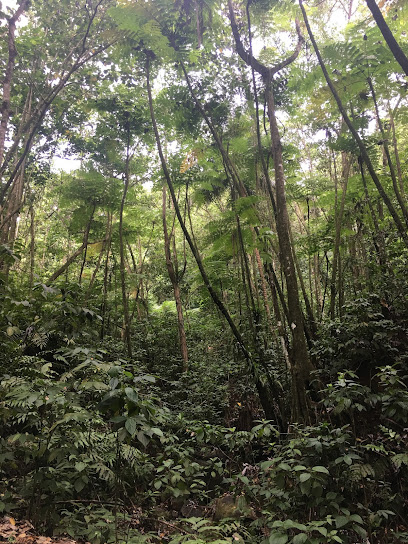
Leelee's Heart (handmade creations)
Uncover unique handmade treasures at Leelee's Heart, a natural goods store in Sarot, St. Lucia, showcasing local artistry and sustainable products.
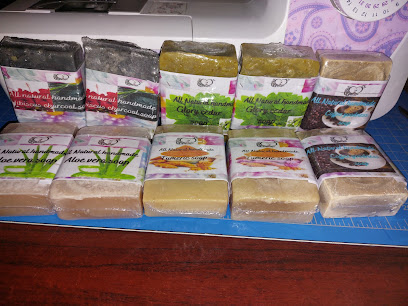
The People's Shop/ Brian's Bakery
Discover local flavors and essentials at The People's Shop in Canaries, a must-visit grocery store for tourists exploring St. Lucia.
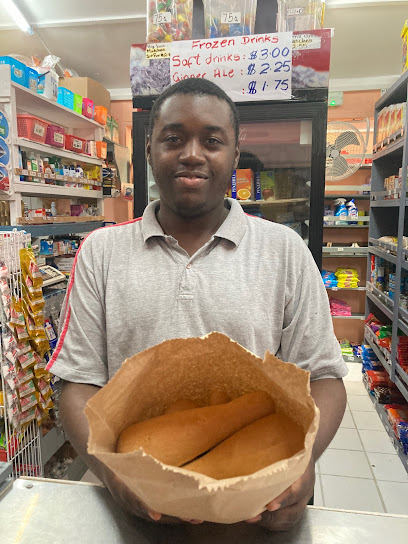
LUCY'S MINI MART
Experience local life at Lucy's Mini Mart, your go-to grocery store in Castries, St. Lucia, for fresh produce and island delicacies.

Irie Blue
Discover Irie Blue in Rodney Bay for unique souvenirs, local crafts, and authentic Caribbean gifts that capture the spirit of St. Lucia.
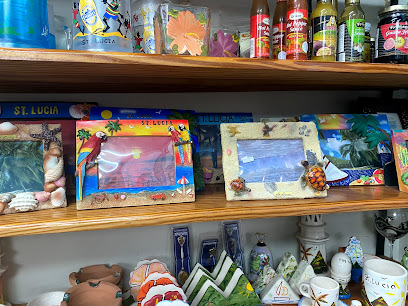
Erica shop
Explore the heart of St. Lucia at Erica Shop, your go-to grocery store for local delicacies and authentic island experiences.

The Lady Shop
Discover the vibrant local culture and flavors at The Lady Shop, Ferrand's premier grocery destination for tourists and locals alike.
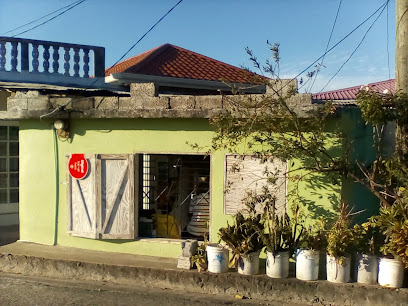
EGET boutique
Discover unique St. Lucian gifts and local craftsmanship at EGET Boutique in Castries, your one-stop shop for exquisite gift baskets and more.
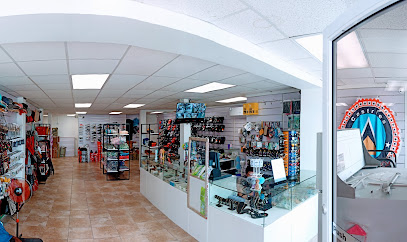
Emma's Shop Frozen Meat and More
Discover a local gem in Castries, Emma's Shop offers a wide selection of frozen meats and St. Lucian delicacies for an authentic culinary experience.
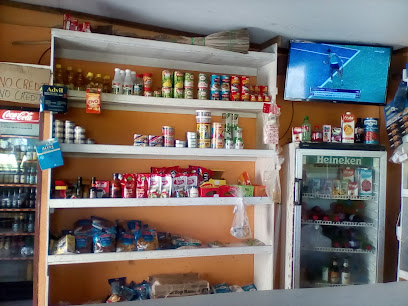
Cozy Shop
Experience the local flavors at Cozy Shop in Ferrand, St. Lucia - your destination for fresh produce and unique local products.
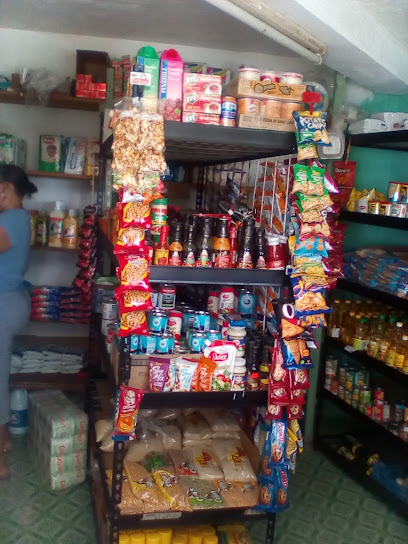
Pharmacy 2000
Explore St. Lucia with peace of mind, knowing Pharmacy 2000 is your reliable source for health and wellness products.

Kamaria's Craft Shop
Explore Kamaria's Craft Shop in Castries, St. Lucia for authentic local crafts, handmade jewelry, and unique gifts that embody Caribbean artistry.
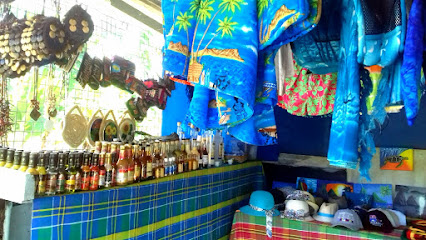
My Herbal Shop Saint Lucia
Explore authentic herbal remedies and natural goods at My Herbal Shop in Castries, Saint Lucia - a must-visit for wellness enthusiasts.

Vitaly's Place
Explore Vitaly's Place in St. Lucia for an unforgettable shopping experience filled with exotic oriental goods and local treasures.
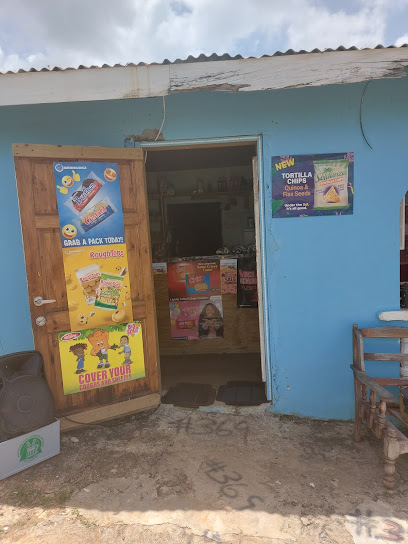
Essential bars & hidden hideouts
Glamity's Bar
Experience the vibrant nightlife and local flavors at Glamity's Bar in Castries, St. Lucia - a perfect spot for relaxation and fun!
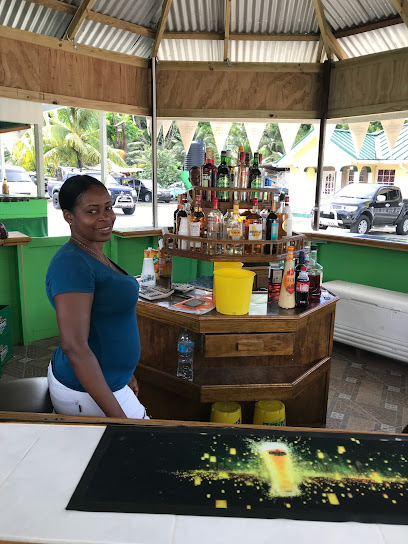
Valelse Sports Bar & Soup Kitchen
Experience the lively atmosphere and local flavors at Valelse Sports Bar & Soup Kitchen, a must-visit bar in St. Lucia for food and sports enthusiasts.
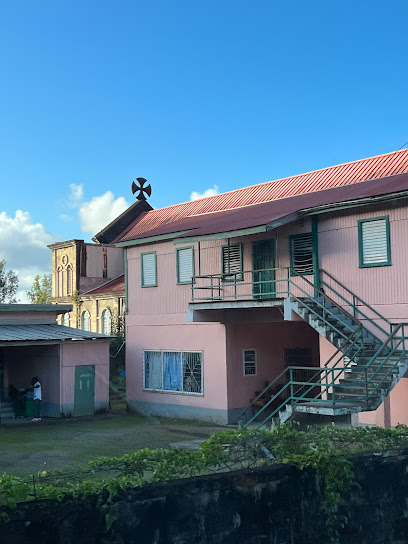
Horizon Cocktails View Point Bar & Grill
Experience breathtaking views and delicious grilled cuisine at Horizon Cocktails View Point Bar & Grill, St. Lucia's top spot for relaxation and dining.
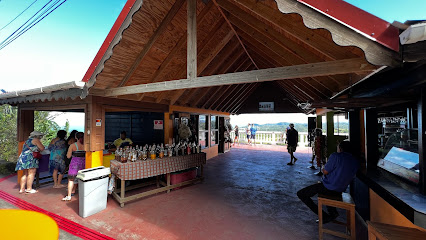
Bigger's Place
Experience the vibrant nightlife of St. Lucia at Bigger's Place, a charming bar in Fond St Jacques, perfect for unwinding with friends and enjoying local flavors.
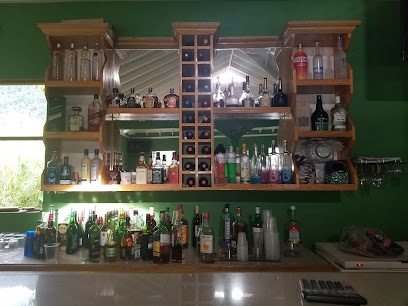
Normandee's Bar
Indulge in authentic Caribbean cuisine and refreshing drinks at Normandee's Bar, a must-visit grill spot in the heart of Castries, St. Lucia.
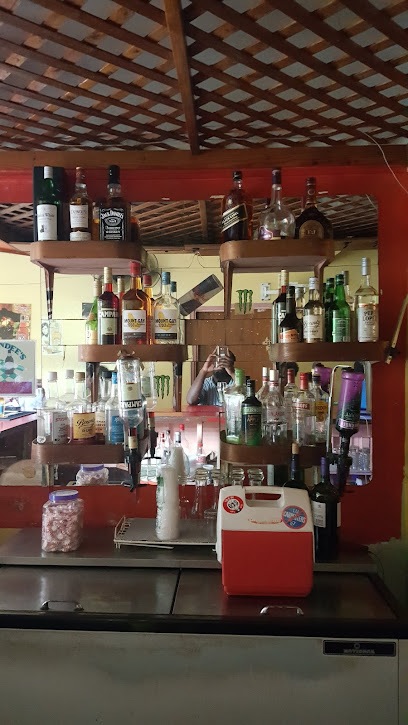
Strugglers Bar and Pizza
Discover the vibrant flavors of St. Lucia at Strugglers Bar and Pizza—your go-to spot for delicious pizzas and refreshing drinks.
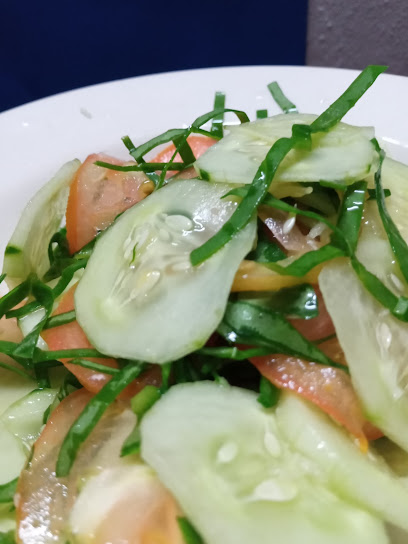
HAT Trick Bar and Grill
Experience the vibrant Caribbean atmosphere at HAT Trick Bar and Grill in Bexon, St. Lucia, with delicious local dishes and refreshing drinks.
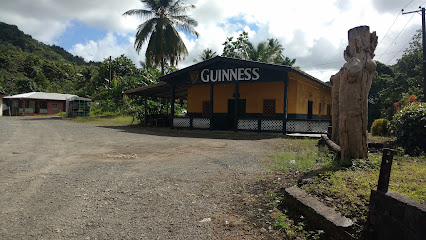
Soaps Corner Bar
Discover the vibrant atmosphere of Soaps Corner Bar in Theodorine, St. Lucia, where locals and tourists gather for unforgettable nights filled with music and local flavors.
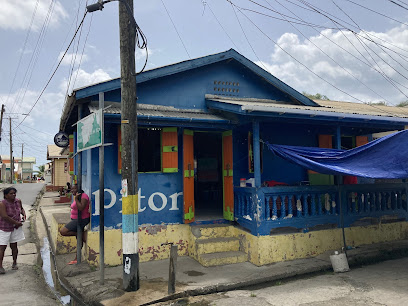
CNATURE
Savor the authentic Caribbean flavors at CNATURE, a charming grill in Bexon, St. Lucia, where fresh ingredients meet stunning island views.
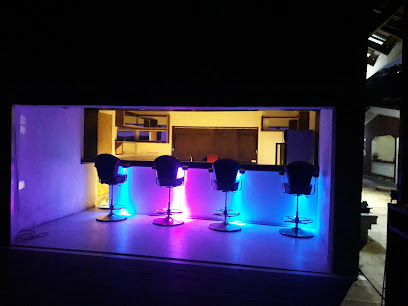
Freak Out Bar
Discover the vibrant nightlife of St. Lucia at Freak Out Bar, where cocktails and culture blend in a perfect evening escape.

Movers & Shakers Bar
Embrace the vibrant Caribbean nightlife at Movers & Shakers Bar in Ferrand, St. Lucia, where lively music and refreshing cocktails await.

Blessings Bar And Cuisine
Experience the vibrant nightlife and local flavors at Blessings Bar And Cuisine in Castries, St. Lucia, where every sip and bite tells a story.
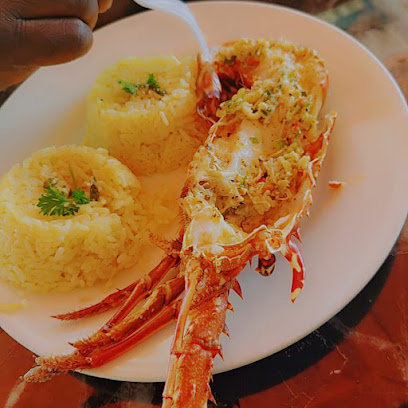
Islandgirlsspotbar
Experience the vibrant spirit of St. Lucia at Islandgirlsspotbar, where refreshing drinks and lively ambiance create unforgettable moments.

Tension Bar & Grill
Experience authentic Caribbean cuisine at Tension Bar & Grill in the heart of Canaries, St. Lucia, where great food meets breathtaking views.

Cockpit Bar & Grill
Experience the vibrant nightlife of St. Lucia at Cockpit Bar & Grill, where local flavors and friendly vibes await you.
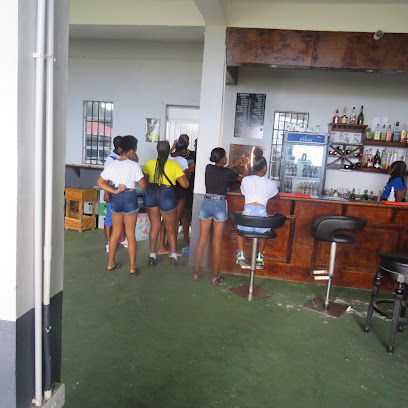
Local Phrases about Millet Bird Sanctuary
-
- HelloBonjour
[Bon-zhoor] - GoodbyeAu revoir
[O re-vwar] - YesWi
[Wee] - NoNon
[Non] - Please/You're welcomeTanpri
[Tahn-pree] - Thank youMèsi
[Meh-see] - Excuse me/SorryEskize mwen
[Es-keez-ay mwen] - How are you?Kijan ou ye?
[Kee-jahn oo yay] - Fine. And you?Byen. E ou?
[Byen. Ay oo?] - Do you speak English?Eske ou pale angle?
[Es-ke oo pah-lay ahn-glay] - I don't understandMwen pa konprann
[Mwen pah kohn-prahn]
- HelloBonjour
-
- I'd like to see the menu, pleaseMwen ta renmen wè meni an, tanpri
[Mwen tah rahn-men way meh-nee ahn, tahn-pree] - I don't eat meatMwen pa manje vyann
[Mwen pah mahn-jay vee-ahn] - Cheers!Santé!
[San-tay] - I would like to pay, pleaseMwen ta renmen peye, tanpri
[Mwen tah rahn-men pay-yay, tahn-pree]
- I'd like to see the menu, pleaseMwen ta renmen wè meni an, tanpri
-
- Help!Sekou!
[Say-koo] - Go away!Ale byen lwen!
[Ah-lay byen lwayn] - Call the Police!Rele lapolis!
[Ray-lay lah-poh-leece] - Call a doctor!Rele yon doktè!
[Ray-lay yohn dohk-tay] - I'm lostMwen pedi
[Mwen peh-dee] - I'm illMwen malad
[Mwen mah-lahd]
- Help!Sekou!
-
- I'd like to buy...Mwen ta renmen achte...
[Mwen tah rahn-men ah-sh-tay] - I'm just lookingMwen jis gade
[Mwen zjee gah-day] - How much is it?Konbyen sa koute?
[Kohn-byen sah koo-tay] - That's too expensiveSa twò chè
[Sah twah shay] - Can you lower the price?Eske ou ka bese pri a?
[Es-ke oo kah beh-say pree ah]
- I'd like to buy...Mwen ta renmen achte...
-
- What time is it?Ki lè li ye?
[Kee lay lee yay] - It's one o'clockLi se yon zè
[Lee say yohn zay] - Half past (10)Demi (10)
[Deh-mee (dix)] - MorningMaten
[Mah-ten] - AfternoonApremidi
[Ap-ray-mee-dee] - EveningAswè
[Ah-sway] - YesterdayYè
[Yay] - TodayJodi a
[Joh-dee ah] - TomorrowDemen
[Day-mehn] - 1Yon
[Yohn] - 2De
[Day] - 3Twaz
[Twa] - 4Kat
[Kat] - 5Senk
[Sank] - 6Sis
[Sis] - 7Sèt
[Set] - 8Wit
[Weet] - 9Nèf
[Nef] - 10Dis
[Dees]
- What time is it?Ki lè li ye?
-
- Where's a/the...?Kote yon/la... ye?
[Koh-tay yohn/lah yay] - What's the address?Ki adrès la ye?
[Kee ah-dress lah yay] - Can you show me (on the map)?Eske ou kapab montre mwen (sou kat la)?
[Es-ke oo kah-pahb mohn-tray mwen (soo kaht lah)] - When's the next (bus)?Ki lè pwochen (bous)?
[Kee lay pwosh-ayn (boos)] - A ticket (to ....)Yon tikè (pou ....)
[Yohn tee-kay (poo)]
- Where's a/the...?Kote yon/la... ye?
History of Millet Bird Sanctuary
-
Long before the Millet Bird Sanctuary was established, the land was inhabited by indigenous peoples, including the Arawaks and later the Caribs. These groups had a profound connection with nature and the local wildlife, which is evidenced by their sustainable living practices. The arrival of European settlers in the 17th century marked a significant shift in the landscape and the usage of the land, as forests were cleared for plantations.
-
During the colonial era, Saint Lucia was contested by the French and the British, each vying for control of the island. The fertile lands, including those around what is now the Millet Bird Sanctuary, were cleared to establish large sugar plantations. This period saw significant deforestation and changes to the natural habitat, impacting local wildlife populations.
-
By the mid-20th century, the adverse effects of deforestation and habitat loss became apparent. This prompted early conservation efforts across Saint Lucia. The Millet Bird Sanctuary was conceived as part of these efforts, aiming to restore and protect the natural habitat for the island's diverse bird species. The initiative gained momentum with the support of local and international environmental groups.
-
The Millet Bird Sanctuary was officially established in the late 20th century, marking a significant milestone in Saint Lucia's conservation history. The sanctuary was created to provide a safe haven for the island's endemic and migratory bird species. It covers a considerable area of lush tropical forest, which serves as a crucial breeding and nesting ground for these birds.
-
The establishment of the Millet Bird Sanctuary has had a positive impact on surrounding local communities. It has created opportunities for eco-tourism, providing jobs and fostering a sense of pride and ownership among residents. Educational programs and guided tours have also raised awareness about the importance of conservation, benefiting both the environment and the local economy.
-
Today, the Millet Bird Sanctuary is home to a rich diversity of bird species, including the Saint Lucia Parrot (Amazona versicolor), which is the national bird of Saint Lucia. The sanctuary's well-preserved habitats support a variety of flora and fauna, making it a critical area for biodiversity. Ongoing research and conservation efforts continue to monitor and protect the sanctuary's wildlife.
-
Ongoing conservation initiatives at the Millet Bird Sanctuary include habitat restoration projects, invasive species management, and community engagement programs. These initiatives are essential for maintaining the ecological balance and ensuring the long-term survival of the sanctuary's bird populations. Partnerships with international conservation organizations provide additional resources and expertise.
Millet Bird Sanctuary Essentials
-
Millet Bird Sanctuary is located in Saint Lucia, approximately 13 kilometers from the capital city, Castries. The nearest airport is Hewanorra International Airport in Vieux Fort, about an hour's drive to the sanctuary. Alternatively, George F. L. Charles Airport in Castries is closer but handles mainly regional flights. From either airport, you can rent a car or take a taxi to reach the sanctuary. Public buses also operate from Castries to Millet, but the schedule can be irregular.
-
While visiting Millet Bird Sanctuary, renting a car offers the most flexibility for exploring the area. Taxis are also available and are a convenient but more expensive option. Public transportation is limited but can be used for budget travel; however, be prepared for longer travel times and less comfort. Walking within the sanctuary itself is encouraged to fully enjoy the natural environment and bird-watching opportunities.
-
The official currency in Saint Lucia is the Eastern Caribbean Dollar (XCD), although US dollars are widely accepted. Credit cards are accepted at most hotels, restaurants, and larger shops, but smaller vendors and local markets may require cash. ATMs are available in Castries and other larger towns, so it is advisable to withdraw sufficient cash before heading to Millet Bird Sanctuary.
-
Saint Lucia is generally a safe destination for tourists, but it is always wise to take standard precautions. Avoid isolated areas and walking alone at night. Petty theft can occur, so keep an eye on your belongings and avoid displaying expensive items. Areas with higher crime rates targeting tourists include Castries and Gros Islet, especially during the weekly street party. Always stay vigilant and follow local advice.
-
In case of emergency, dial 911 for immediate assistance. The nearest medical facilities are in Castries, including the Victoria Hospital. It is advisable to have travel insurance that covers medical emergencies. For minor health issues, there are pharmacies in Castries where you can purchase over-the-counter medications. Always carry a basic first-aid kit when hiking or exploring remote areas.
-
Fashion: Do wear comfortable and breathable clothing suitable for hiking and bird-watching. Avoid flashy or overly expensive attire. Religion: Do respect local customs and religious practices. Public Transport: Do be patient and respectful when using public buses; they may be crowded and run on an irregular schedule. Greetings: Do greet people with a friendly 'hello' or 'good day.' A smile goes a long way. Eating & Drinking: Do try local dishes and beverages. Don't refuse hospitality, as it can be considered impolite.
-
To experience Millet Bird Sanctuary like a local, consider visiting early in the morning when the birds are most active. Bring a good pair of binoculars and a bird guidebook to enhance your experience. Engage with local guides who can offer valuable insights about the sanctuary's biodiversity. Don't miss the opportunity to try local snacks and beverages available at nearby vendors. Lastly, take your time and soak in the natural beauty and tranquility of the sanctuary.
Nearby Cities to Millet Bird Sanctuary
-
Things To Do in Canaries
-
Things To Do in Marigot Bay
-
Things To Do in Soufrière
-
Things To Do in Malgretoute
-
Things To Do in Praslin
-
Things To Do in Castries
-
Things To Do in Micoud
-
Things To Do in Dauphin
-
Things To Do in Choiseul
-
Things To Do in Laborie
-
Things To Do in Rodney Bay
-
Things To Do in Vieux Fort
-
Things To Do in Gros Islet
-
Things To Do in Georgetown
-
Things To Do in Chateaubelair






